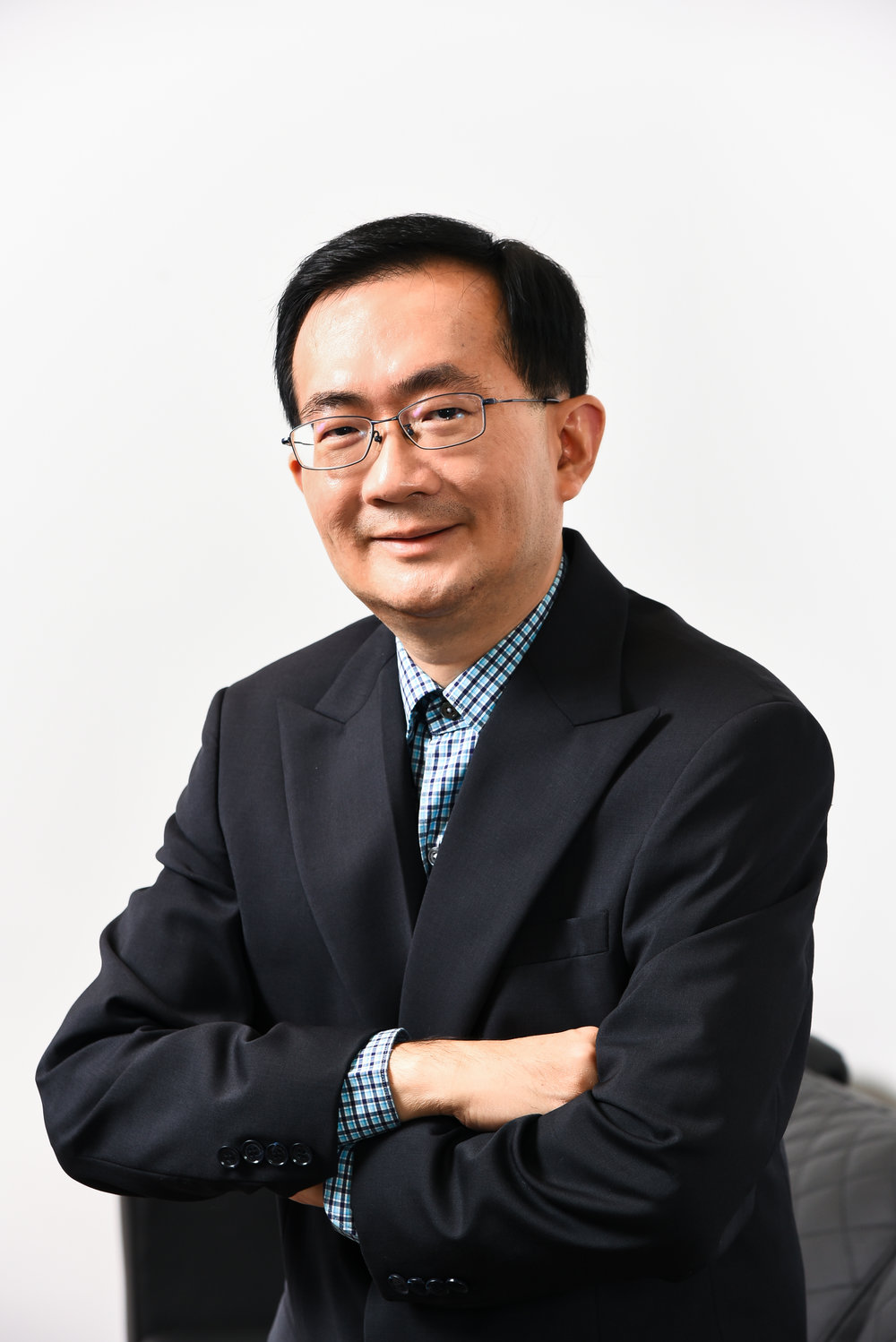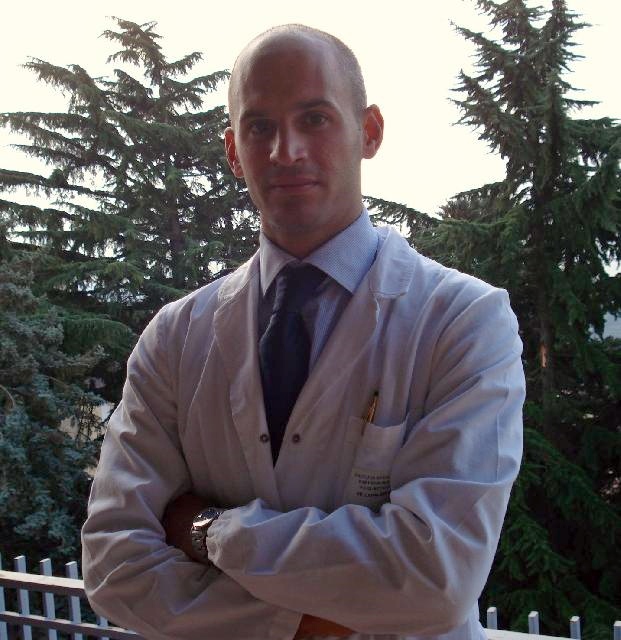Would patches really replace injectables and laser or light based devices?
/Microneedle patches seem to have beneficial implications based on the current studies presented by researchers. It could then give another alternative for patients, for those who would need short term solutions or quick fixes maybe. Since the patches were made for the studies, it may be too early to say if it would be produced for the public.
A few months ago, a microneedling patch to reduce fat was tested on mice, having good effects after the application of patches. In another study, a patch was also developed to brighten the skin, additionally there was another study which examined the use of hyaluronic acid on the microneedle patch. In this new study, a microneedle patch was used to reduce the appearance of wrinkles.
The question then is, would patches be the future of cosmetic medicine?
The latest study in microneedle patches was conducted by Hong and colleagues. The researchers divided the 84 participants into groups of 3, group 1 had the patch applied solely, group 2 had the wrinkle cream and patch, while group 3 had the wrinkle cream only.
Findings:
- The researchers examined skin conditions before patch application, and 4, 8, and 12 weeks after application, with group 2 having improvement by 8 weeks, whereas groups 1 and 3 had eventual improve by the 12th week.
- There were no adverse effects reported in the study.
- Microneedle patch coupled with wrinkled cream was more effective as standalone patch or cream.
Would these patches have better efficacy than the current treatment options?
Based on the studies presented by the researchers, it would be good to examine the long term effects of using the patch. In the current studies about microneedling patches, there are no signs of adverse effects or symptoms on the subjects. It may be difficult to say regarding the use of patches as the literature is scant regarding it as these are nascent in the field. It does have its benefits, but a long term solution and efficacy are of utmost importance regarding treatments. So far, patches do offer short term solutions according to the studies.
Many things remain unclear regarding the use of patches, such as the long-term efficacy rate, number of treatments done to alleviate wrinkles or brighten skin, but the future of cosmetic medicine holds many possibilities, and patches could help advance the field for many providers and patients to come, considering it holds promise in the field to understand medical aesthetic in microneedling.








